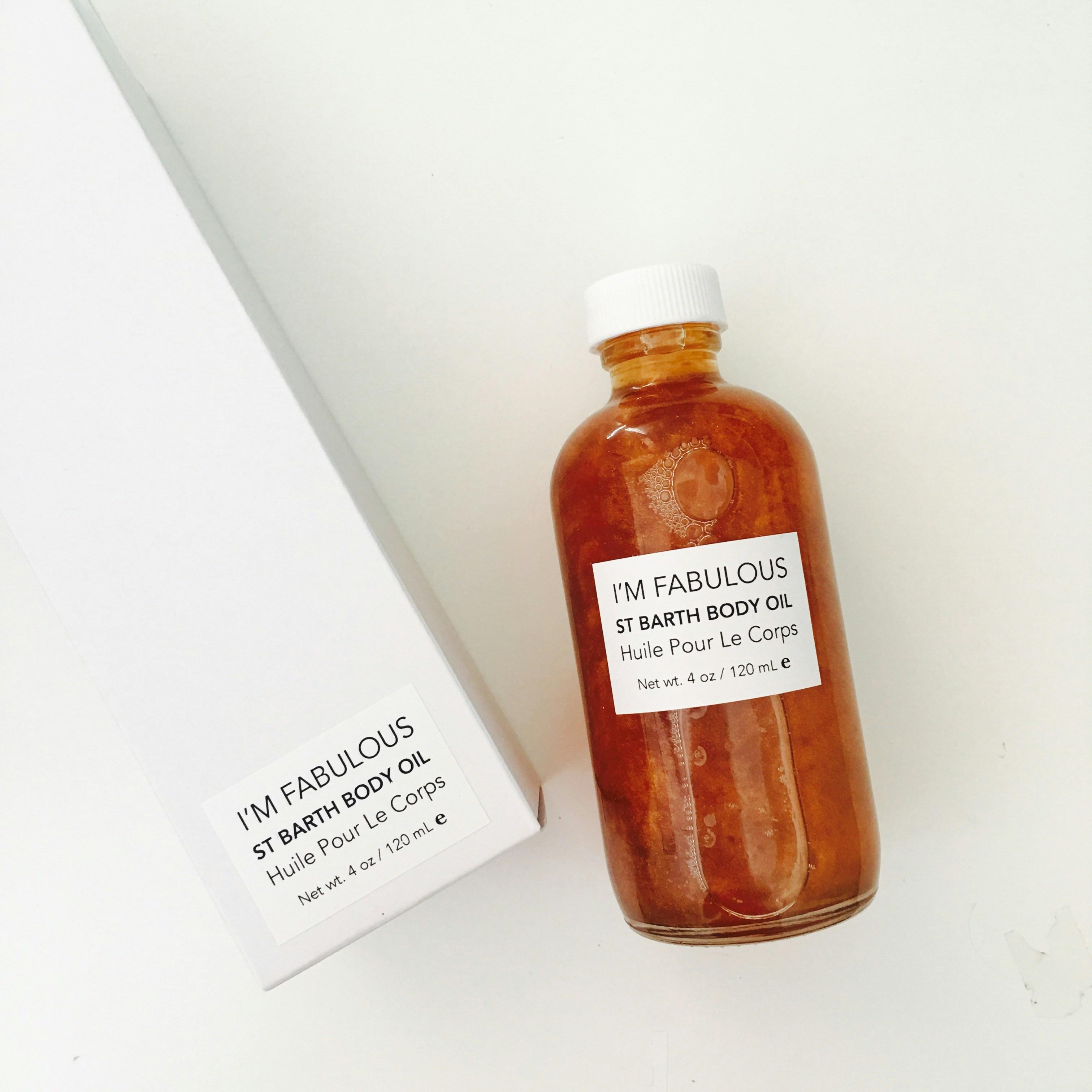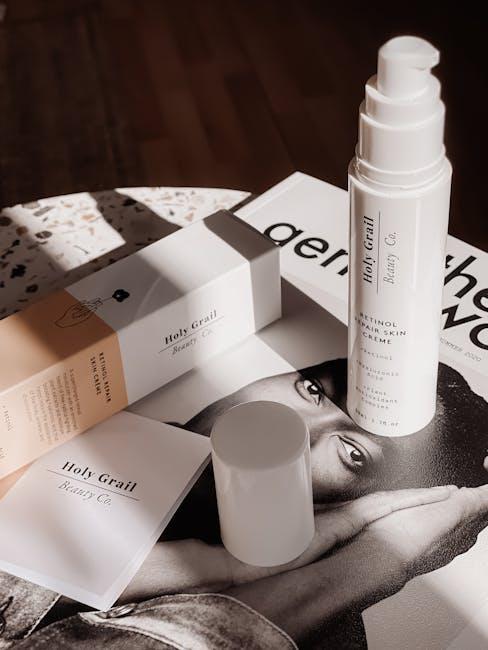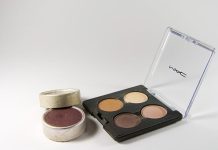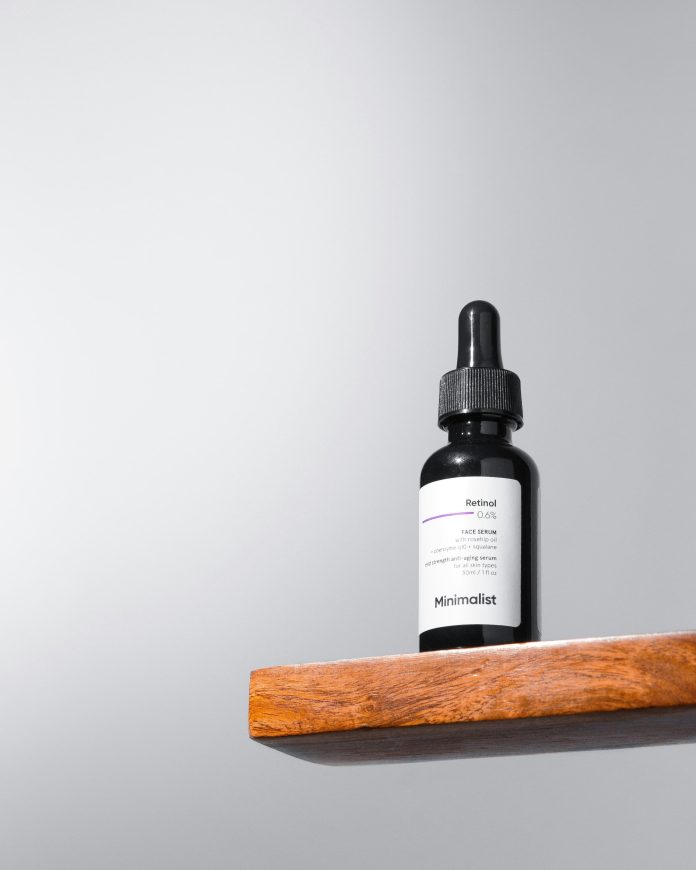In the ever-evolving world of skincare, few ingredients have sparked as much debate as retinol. Touted by some as the ultimate elixir for youthful, glowing skin, and criticized by others for its potentially harsh effects, retinol occupies a curious position in the beauty realm. This article delves into the dual nature of this potent compound, exploring whether retinol truly deserves its revered status or if it’s a double-edged sword best approached with caution. Join us as we unravel the science, benefits, and potential pitfalls of incorporating retinol into your daily regimen.
Understanding Retinol: A Skincare Revolution
Retinol, a derivative of vitamin A, has gained a reputation as a transformative ingredient in the world of skincare. It works by accelerating cell turnover, reducing the appearance of fine lines, and promoting a more even skin tone. However, its potency often raises questions about its suitability for everyday use. For some, the benefits are undeniable—smoother skin texture and diminished wrinkles are just a few of the positive outcomes. Yet, others find it too aggressive, leading to redness, peeling, or irritation.
To navigate its use effectively, consider the following:
- Start Slow: Introduce retinol gradually, using it once or twice a week to allow your skin to build tolerance.
- Moisturize: Pair with a hydrating moisturizer to combat potential dryness.
- SPF is Essential: Retinol can increase sun sensitivity, so daily sunscreen is a must.
- Consult a Professional: If in doubt, seek advice from a dermatologist to tailor retinol use to your skin type.
Ultimately, whether retinol becomes your skincare staple or remains a once-in-a-while treatment depends on your skin’s unique response. Its ability to revolutionize skincare is clear, but understanding and respecting its strength is key to harnessing its full potential.

Balancing Act: Benefits and Potential Drawbacks
Retinol, a derivative of vitamin A, is celebrated for its ability to rejuvenate the skin by promoting cell turnover and boosting collagen production. Its benefits are numerous, including reducing fine lines and wrinkles, improving skin texture, and diminishing dark spots. Many users find their skin looking fresher and more youthful after incorporating retinol into their routine. Additionally, its efficacy in treating acne and unclogging pores makes it a versatile choice for various skin concerns.
However, it’s not without its potential drawbacks. Some individuals may experience irritation, redness, or dryness, especially when first introducing retinol into their regimen. It can also increase skin sensitivity to sunlight, necessitating diligent sunscreen use. Those with particularly sensitive skin might find it too harsh for daily application. To strike a balance, many skincare experts recommend starting with a lower concentration and gradually increasing usage, allowing the skin to acclimate.

Sensitive Skin and Retinol: Finding the Right Fit
Navigating the world of retinol can be tricky, especially if you have sensitive skin. This powerhouse ingredient, renowned for its anti-aging benefits, often gets a bad rap for causing irritation. But with the right approach, even those with delicate skin can enjoy its benefits.
Key Considerations for Sensitive Skin:
- Start Slow: Begin with a lower concentration of retinol and gradually increase as your skin builds tolerance.
- Moisturize Generously: Layer a rich moisturizer to help minimize dryness and flakiness.
- Patch Test: Always test on a small area before full application to ensure no adverse reactions.
- Use SPF: Retinol can increase sun sensitivity, so applying sunscreen is crucial.
Alternative Options:
- Retinyl Palmitate: A gentler derivative that might be more suitable for sensitive skin types.
- Bakuchiol: A plant-based alternative that offers similar benefits without the irritation.

Expert Tips for Incorporating Retinol Safely
For those eager to harness the transformative power of retinol, a gentle approach is key to avoiding irritation. Begin with a low concentration, typically around 0.25% to 0.3%, and allow your skin to gradually adjust. Patience is essential; introduce retinol into your routine by applying it just once or twice a week. Over time, as your skin builds tolerance, you can increase the frequency.
- Hydration is your ally: Pair retinol with a robust moisturizer to combat potential dryness.
- Layering matters: Apply retinol on clean, dry skin and follow with a hydrating serum or cream.
- Sun protection is non-negotiable: Use a broad-spectrum SPF during the day, as retinol can increase sun sensitivity.
Remember, less is more with this potent ingredient. By respecting your skin’s limits and adjusting usage based on its response, retinol can become a staple in your skincare arsenal without causing undue harm.





































